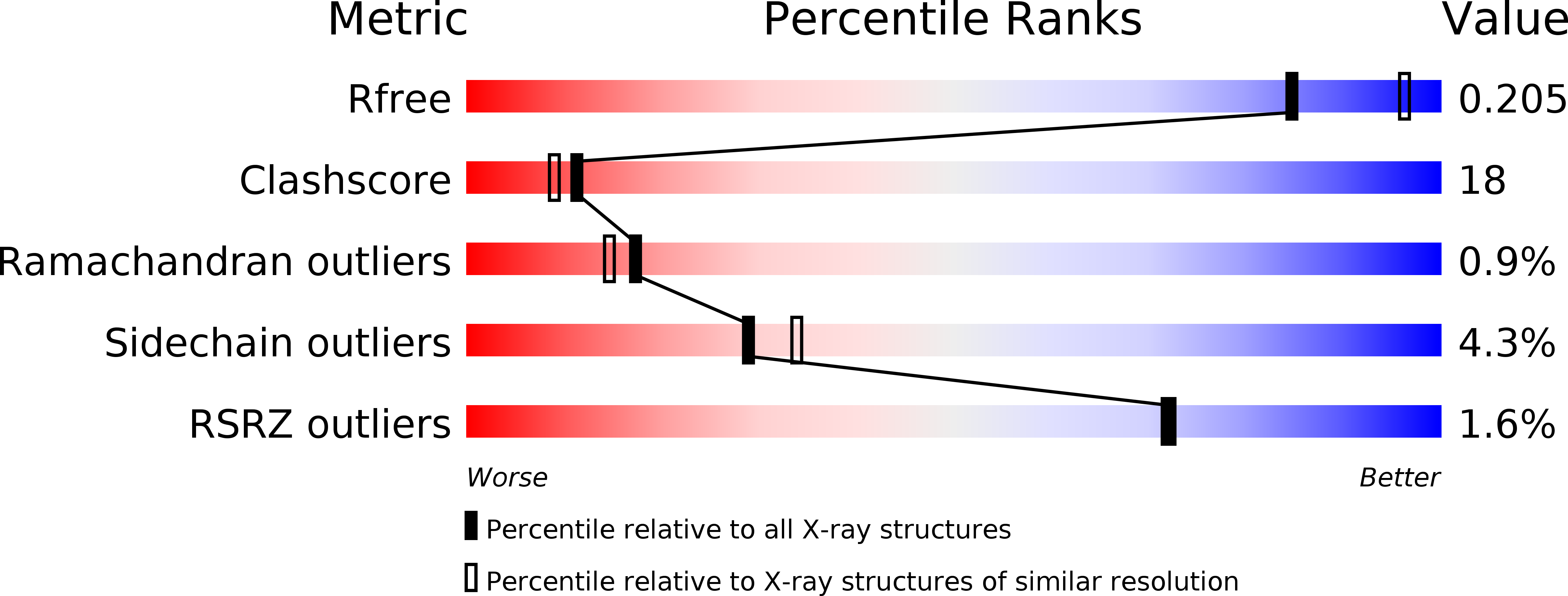
Deposition Date
2002-08-29
Release Date
2002-09-06
Last Version Date
2024-02-14
Entry Detail
PDB ID:
1MKO
Keywords:
Title:
A Fourth Quaternary Structure of Human Hemoglobin A at 2.18 A Resolution
Biological Source:
Source Organism:
Homo sapiens (Taxon ID: 9606)
Method Details:
Experimental Method:
Resolution:
2.18 Å
R-Value Free:
0.28
R-Value Work:
0.2
R-Value Observed:
0.2
Space Group:
P 21 21 21


